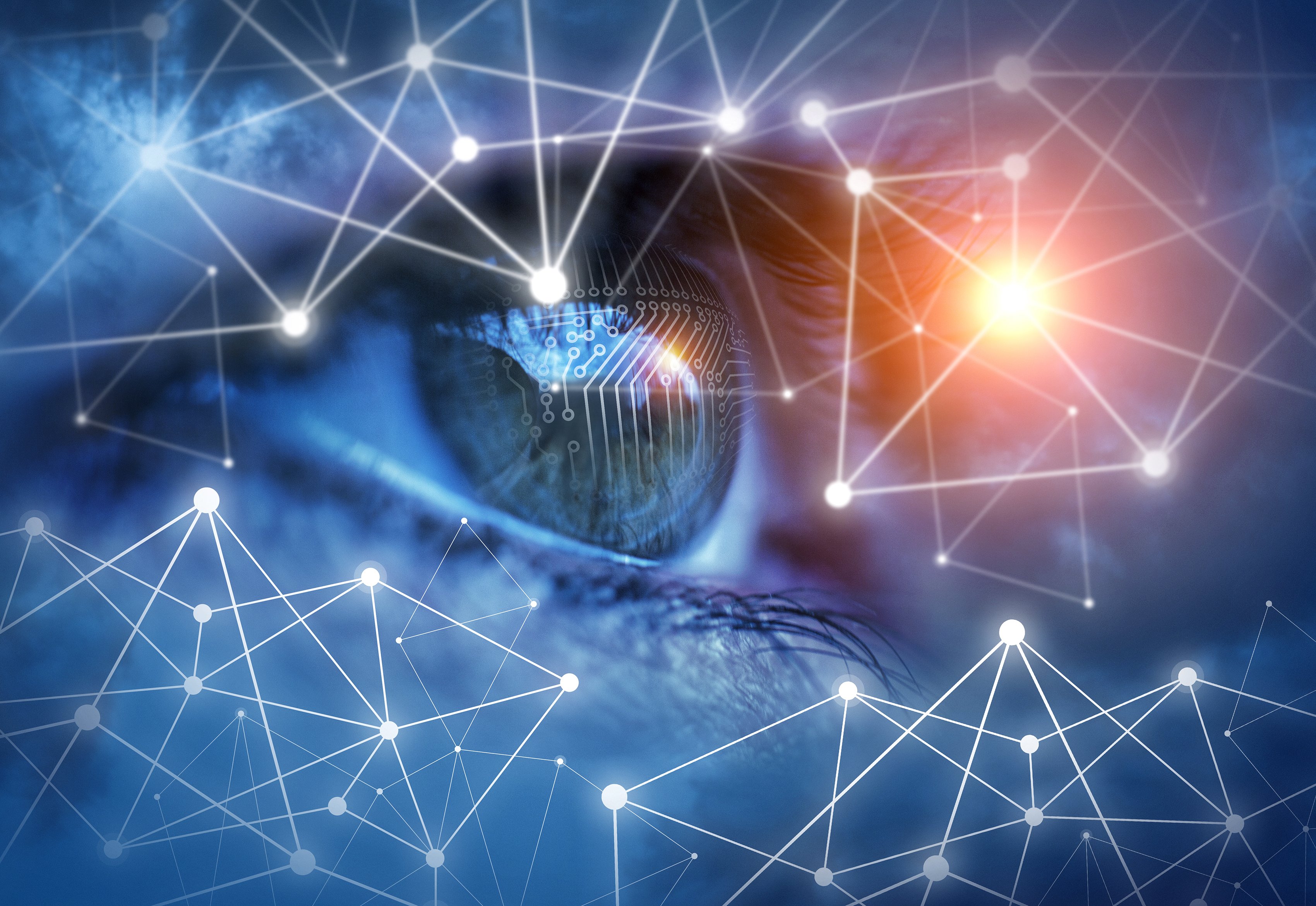Cleaner Chemistry and Faster Startup with Next Generation Ancillary Photochemical Filters

Science that is transforming lives and enabling the future

Cleaner Chemistry and Faster Startup with Next Generation Ancillary Photochemical Filters
Solving Bridge Defects in EUV CAR Resists with Advanced UPE Filtration
Building Resilient Infrastructure to Better Serve Our Customers: A Vision from Abhijeet Bhandare “Our digital transformation is about one thing: being the most reliable, innovative partner for our customers.” – Abhijeet Bhandare
Collaborating to Solve Advanced Packaging Substrate Warpage, Thickness, and Heavy Payload Transport and Shipping Defect Challenges
Airborne molecular contamination (AMC) threatens semiconductor yield and reliability. Learn how Entegris helps fabs detect and control AMC with advanced filtration and data-driven strategies.
Optimizing Wafer Polishing: Innovations in CMP Slurry Characterization and Filtration
Scaling New Heights: How Molybdenum is Revolutionizing 3D NAND Architectures
Understanding potential sources of contamination and developing targeted filtration solutions in 30% H2O2
Exploring Entegris POCO Materials EDM-AF5® Graphite In our previous blog post, we reviewed one of our most economical Ultrafine graphite grades, POCO EDM-1. This five-micron grade provides a combination of speed, low electrode wear, and a good surface finish at a much lower price point. Now we’ll venture into the opposite side of the spectrum and explore our POCO EDM-AF5® graphite grade, the smallest particle size grade Entegris POCO Materials offers.
What does an Entegris employee look like? What do they do all day, and what do they like about their jobs? This is part of a series that will take a deep dive into a variety of careers at Entegris. We’ll highlight several employees and their valuable contribution to the organization. What do they do, how are they succeeding, and why do they think Entegris is a great place to work?
Silicon Carbide’s Next Phase: From Expansion to Optimization
Cleaner Chemistry and Faster Startup with Next Generation Ancillary Photochemical Filters
Solving Bridge Defects in EUV CAR Resists with Advanced UPE Filtration
Building Resilient Infrastructure to Better Serve Our Customers: A Vision from Abhijeet Bhandare “Ou...
Collaborating to Solve Advanced Packaging Substrate Warpage, Thickness, and Heavy Payload Transport ...
Airborne molecular contamination (AMC) threatens semiconductor yield and reliability. Learn how Ente...
Optimizing Wafer Polishing: Innovations in CMP Slurry Characterization and Filtration
Scaling New Heights: How Molybdenum is Revolutionizing 3D NAND Architectures
Understanding potential sources of contamination and developing targeted filtration solutions in 30%...
Exploring Entegris POCO Materials EDM-AF5® Graphite In our previous blog post, we reviewed one of ou...
What does an Entegris employee look like? What do they do all day, and what do they like about their...
Silicon Carbide’s Next Phase: From Expansion to Optimization
© 2025 Entegris. All Rights Reserved